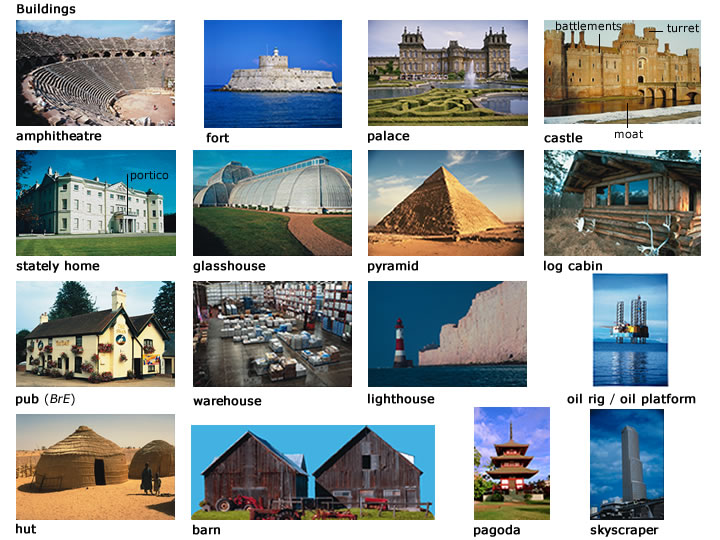|
Từ điển Oxford Advanced Learner 8th
stately home
ˌstately ˈhome BrE NAmE noun  (BrE) (BrE)
a large, impressive house of historical interest, especially one that the public may visit
Culture:
stately homes [stately home stately homes]
In Britain there are many large stately homes that belong or used to belong to upper-class aristocratic families. The houses are called stately homes from the opening lines of a poem by Felicia Hemans (1793–1835). They are sometimes also called country houses because most of them are in the countryside. Some are approached through large iron gates down a long drive. Many have formal gardens and are surrounded by a large private park, often with a lake.
Stately homes range from small manor houses to palaces. Manor houses date from the 14th century and are often square stone buildings with a central courtyard, and some are entered by crossing a moat which was originally a means of defence. Some larger houses were built in the 16th century, including ↑Hampton Court in south-west London, ↑Burghley House near Peterborough and Hardwick Hall near Derby.
Many stately homes date from the 18th century, and are associated with famous architects. ↑Blenheim Palace near Oxford was designed in the ↑baroque style by Vanbrugh and Hawksmoor. Holkham Hall in Norfolk, designed only a few years later by William ↑Kent, is in the Palladian style. Kedleston Hall near Derby, the home of the Curzon family, was mainly the work of Robert ↑Adam. The large estates attached to stately homes attracted ↑landscape gardeners such as ‘Capability’ Brown, who laid out the gardens at Burghley, Blenheim and ↑Chatsworth.
Stately homes are very expensive to look after and, in order to get enough money to do this, some owners open their houses to the public. They charge visitors an admission fee. Many stately homes have been given by their owners to the ↑National Trust, an organization which raises the money to look after them from gifts, membership fees and admission charges. In many cases, the former owners continue to live in part of the house. This arrangement means that the house is well cared for, and the family does not have to pay ↑inheritance tax when the owner dies.
Visitors go to stately homes to admire their architecture, and to walk round the gardens. They also go to see valuable furniture, paintings, tapestries and china that have been collected over a long period. Sometimes, documents about the family or about historical events are also displayed. There is generally a cafe and a shop selling souvenirs. During the summer, concerts or plays may be performed in the house or gardens. Some owners have added other attractions: at ↑Longleat House, for example, there is a safari park. The stately homes of England How beautiful they stand! Amidst their tall ancestral trees, O’er all the pleasant land. The stately homes of England How beautiful they stand! To prove the upper classes Have still the upper hand. the first verse of Felicia Hemans’ poem followed by Noel Coward’s 1938 version
|
|
|
|
